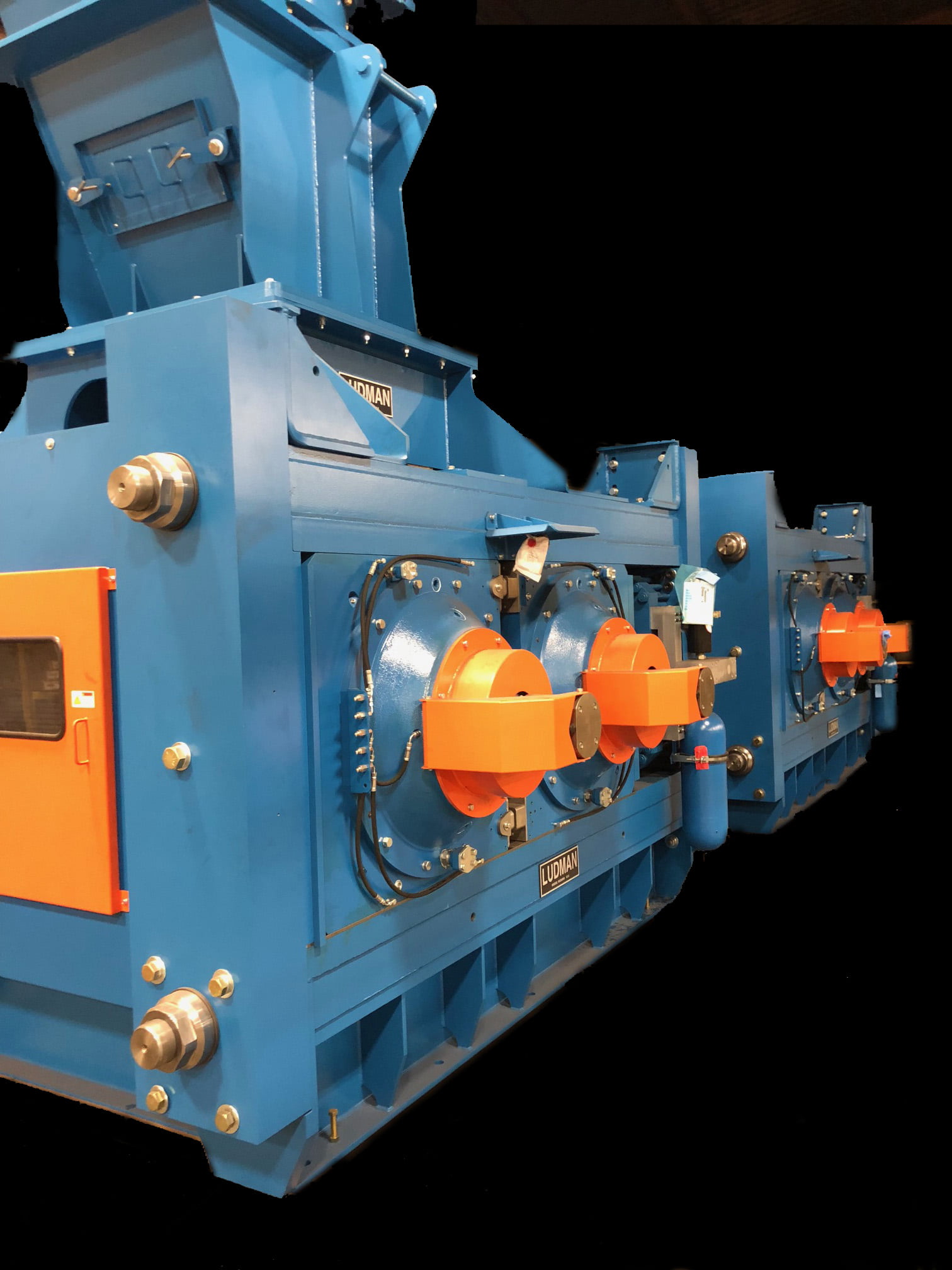By Mark L. Ferge
Global mining and ore body processing plants widely employ preventative maintenance plans. These plans rely on predetermined intervals of inspecting, diagnosing, and replacing key circuit components prior to failure, based on historical performance. Components indiscriminately fail, leading to costly downtime. Maintaining high wear and high rates of failure parts to mitigate against unplanned downtime challenges the delicate balance between budget and inventory management.
A solution to maintain the balance between finance and operations is implementing a predictive maintenance program (PMP). A PMP is a proactive strategy used to monitor continuously the condition of key circuit componentry and provide alerts once a component reaches its predefined performance threshold. Automated monitoring systems are essential to mining process automation and intend to simplify the processes, thereby anticipating problems, as well as instantaneously identifying them. Predictive maintenance encourages flexible and accurate maintenance based on equipment’s actual condition, rather than reliance upon suggested maintenance tables. A well-developed PMP improves equipment reliability, decreases downtime, lowers costs associated with production loss, and augments replacement intervals of key componentry.
Predictive maintenance depends upon predictive analytics—formulating trends based on extraction of equipment performance raw data. Analyzing data trends reliably estimate the mean time between failures. Reliable data analysis promotes replacement of key components as they reach performance thresholds, as opposed to guesswork that leads to higher maintenance costs. Condition monitoring equipment tracks live asset performance through a variety of tools, including:
- Component evaluations
- Machine learning
- Visualization tools
- Digital monitoring devices
- Process evaluations
- Rule definition
- Real-time patterns
For example, in mineral production industries, original equipment manufacturer Ludman Industries supplies condition monitoring equipment as standard features on its compaction equipment.
A few examples of these standard features include oil monitoring systems that continuously monitor lubrication oil for parts per million of heavy metals present during premature bearing failures, and also detect dissolved fine minerals in oil that progressively degrade oil viscosity. Bearing vibration and spectrum analyzers manage degradation of spherical roller bearings and predict failure. Motor trends and historian systems observe basic motor performance, such as current levels, power, voltage, and resistance, to advanced methods, incorporating temperature sensors, meggers, winding analytics, and oscilloscopes.
In conclusion, five keys comprise a predictive maintenance program.
- Identifying critical assets
- Establishing an accurate database
- Analyzing past failure modes
- Predicting failure
- Initiating a pilot program
Gathering data is only useful when analyzed over time and applied into a sensible framework. A predictive maintenance system exists when assets communicate and perform in synchrony, while providing useful data trends that anticipate remedial action based on predefined performance thresholds.









